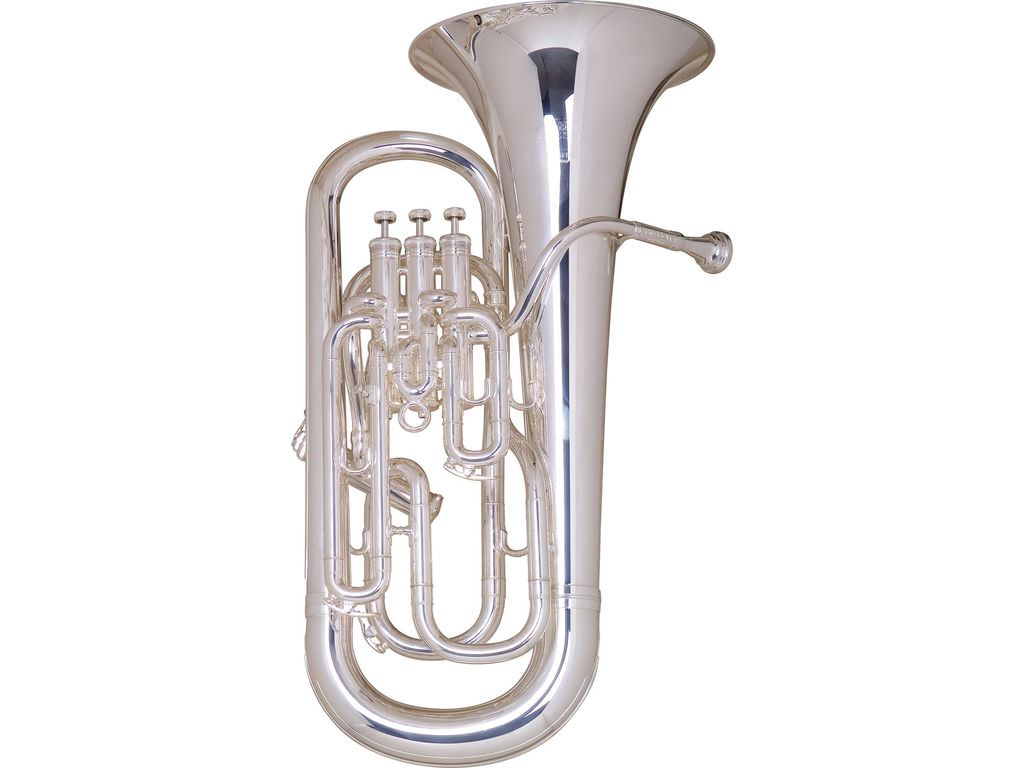- Willson Euphonium Review
- Willson Euphonium For Sale
- Wilson Euphonium Serial Numbers Lookup
- Wilson Euphonium Serial Numbers Chart
Serial numbers can be found in a variety of places on different instruments. Please use the images below to help locate the serial number on your instrument.
Willson Euphonium Review

Willson Euphonium For Sale
Don't know where to find the serial number on your brass instrument? Check out this video to find out how and where to look! By 1983, Wilson clubs were the number one club on the PGA Tour. 1980's and 1990's. The company would remain the number one club throughout the 1980's, introducing the Staff Tour Blade in 1985. This club would be introduced alongside the Staff persimmon woods, which featured aluminum face inserts, and would go on to be the top woods in the sport. Wilson serial numbers If this is your first visit, be sure to check out the FAQ by clicking the link above. You may have to register before you can post: click the register link above to proceed. From 1985 to 1998 the year of manufacture is the first digit of the serial number + 1. For instance a serial number that is 7XXXXX = (7+1) = 8 = 1988 or 1998 and other indicators have to be used to decide whether it was made in 1988 or 1998 because there is no decade information in this serial numbering system and the serial.
Woodwind Instrumentation Codes

Following many of the titles in our Wind Ensemble catalog, you will see a set of numbers enclosed in square brackets, as in this example:
Wilson Euphonium Serial Numbers Lookup
| Description | Price |
|---|---|
| Rimsky-Korsakov Quintet in Bb [1011-1 w/piano] Item: 26746 | $28.75 |

Wilson Euphonium Serial Numbers Chart
The bracketed numbers tell you the precise instrumentation of the ensemble. The first number stands for Flute, the second for Oboe, the third for Clarinet, the fourth for Bassoon, and the fifth (separated from the woodwinds by a dash) is for Horn. Any additional instruments (Piano in this example) are indicated by 'w/' (meaning 'with') or by using a plus sign.
This woodwind quartet is for 1 Flute, no Oboe, 1 Clarinet, 1 Bassoon, 1 Horn and Piano.
Sometimes there are instruments in the ensemble other than those shown above. These are linked to their respective principal instruments with either a 'd' if the same player doubles the instrument, or a '+' if an extra player is required. Whenever this occurs, we will separate the first four digits with commas for clarity. Thus a double reed quartet of 2 oboes, english horn and bassoon will look like this:
Note the '2+1' portion means '2 oboes plus english horn'
Titles with no bracketed numbers are assumed to use 'Standard Instrumentation.' The following is considered to be Standard Instrumentation:
- Duo - Flute & Clarinet - or [1010-0]
- Trio - Flute, Oboe & Clarinet - or [1110-0]
- Quartet - Flute, Oboe, Clarinet & Bassoon - or [1111-0]
- Quintet - Flute, Oboe, Clarinet, Bassoon & Horn - [or 1111-1]